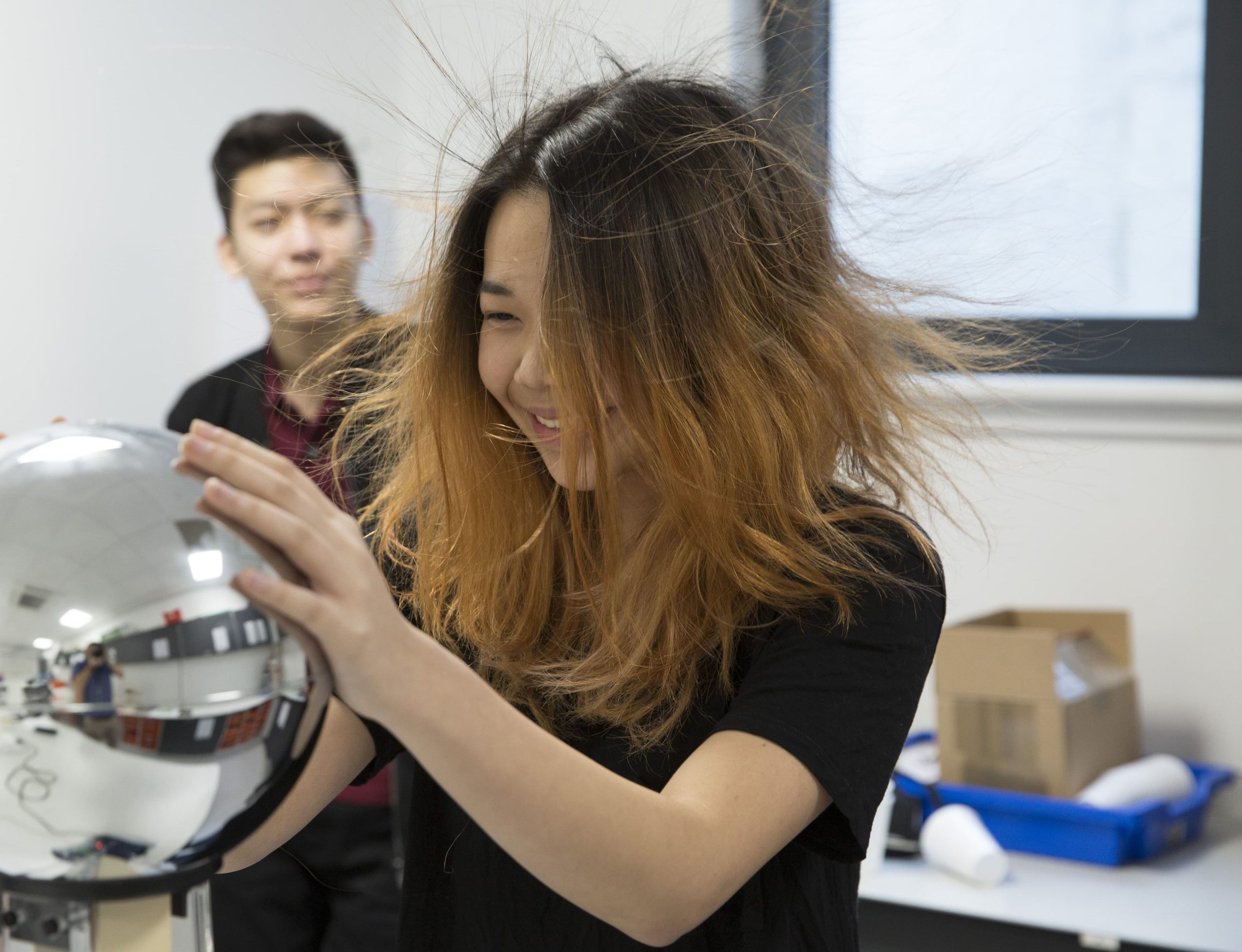By Dominic Tomalin, Principal at CATS Cambridge

Dominic joined CATS Cambridge in August 2016. He has extensive experience as a teacher having taught Economics, Business, Physics and Mathematics at A level. This reflects his eclectic academic background; Dominic holds a Bachelor’s degree in Natural Sciences and Masters’ degrees in Economics and Education. Before joining CATS Cambridge, Dominic worked as a boarding Housemaster, Head of Department and he has been a school lead for university applications.
Dominic Tomalin
Principal, CATS Cambridge
Encouraging students to take responsibility for their own lifelong learning, by learning how to learn, is a key feature of CATS Cambridge’s approach to the classroom. We aim to create a learning environment capable of delivering the leaders and students who will be agile and confident in navigating accelerated change.
An effective school education prepares its recipients for the future, enabling them to maximise opportunities, while teaching them to successfully navigate the challenges which are an inevitable part of life.
We live in an era of unprecedented change. Since the pace of change threatens to outstrip our ability to adapt to our environment, we must continue to be learners throughout our lives.
Our approach to teaching and learning
To help our students become enthusiastic independent learners, we have to show everyone how humans learn, whether in the classroom, tutorial room or anywhere else.
All our teaching activities are supported by five foundational blocks:
1. Our teachers are experts in the art and science of learning, as well as in their subjects.
2. They are all teachers of English.
3. They must be technology-literate and exploit the advantages that modern technology can offer.
4. Assessment for Learning involves teachers assessing students and their own performance, but, more importantly, students assessing themselves and each other.
5. Our Learning to Learn programme teaches students everything we know about successful learners’ learning habits.

Learning to Learn
Our Learning to Learn programme ensures that both teachers and students make the most of the learning community. Within these parameters of clear and basic classroom routines, we allow teachers to decide on the best way to teach their students. Similarly, we expect students to take responsibility for their own learning and not expect to be lectured at and crammed full of facts.
The best learning always relies on students actively engaging with the material and, fundamentally, each other. A student’s peers are often one of their most valuable learning resources. This leads to a large amount of collaboration, via games and activities, designed to get students to engage with each other in pairs, threes, bigger groups or even as a whole class.
Within CATS Cambridge, students are given significantly more autonomy than they would have in more traditional educational settings. We refer to this freedom to make learning decisions for themselves as learning autonomy, or “freedom with a safety net”.
Independent learning should be a continuous, lifelong commitment. Learning never ends – you just get better at understanding how to plug the gaps in your knowledge and adapt the way it is used.
Challenges of the Learning to Learn model
Learning works best when the learner feels engaged in their own learning. Although very knowledgeable, teachers are not all-knowing, and should be questioned. Students are encouraged to check their understanding, and ask questions when they haven’t understood something. Teachers often gain more insight into what has been learned or misconceived through students’ questions than they do through formal written tests.
A key challenge is encouraging educational professionals to buy into the Learning to Learn approach. We recognise that to teach effectively in a fast-moving world, teachers need to develop the same attitudes, skills and behaviours as those we aim to elicit in our students; the most effective teachers are role models for lifelong learning.
However, education and academic excellence are still measured by students’ performance in examinations, so students also need to demonstrate their knowledge and learning in conventional ways.
Helping students reach the next step
Ultimately, we’re here to help students take the next step that’s best for them. That is usually university, where they will need to become more self-sufficient in their learning. Our students already know how to learn, so they generally thrive in this environment compared to students whose days are dominated by rote learning.
Looking to the future of work, employers always say the same thing: “Please send me someone who can learn!” You can stay in the same job for many years, but your role will change every six to 18 months, and you will need to evolve and adapt with it.
The importance of lifelong learning
The best way a student can acquire agility of mind is by learning in an agile classroom within an agile learning community. Modern students can access vast amounts of information, but they must avoid confirmation bias by adopting critical thinking skills – which will enable them to evaluate the authority of that information and reach their own conclusions.
CATS Cambridge is driven by what universities and employers tell us they want to see in the talent they’re looking to recruit, and it is flexibility and criticality of thought which they prize above all else.

